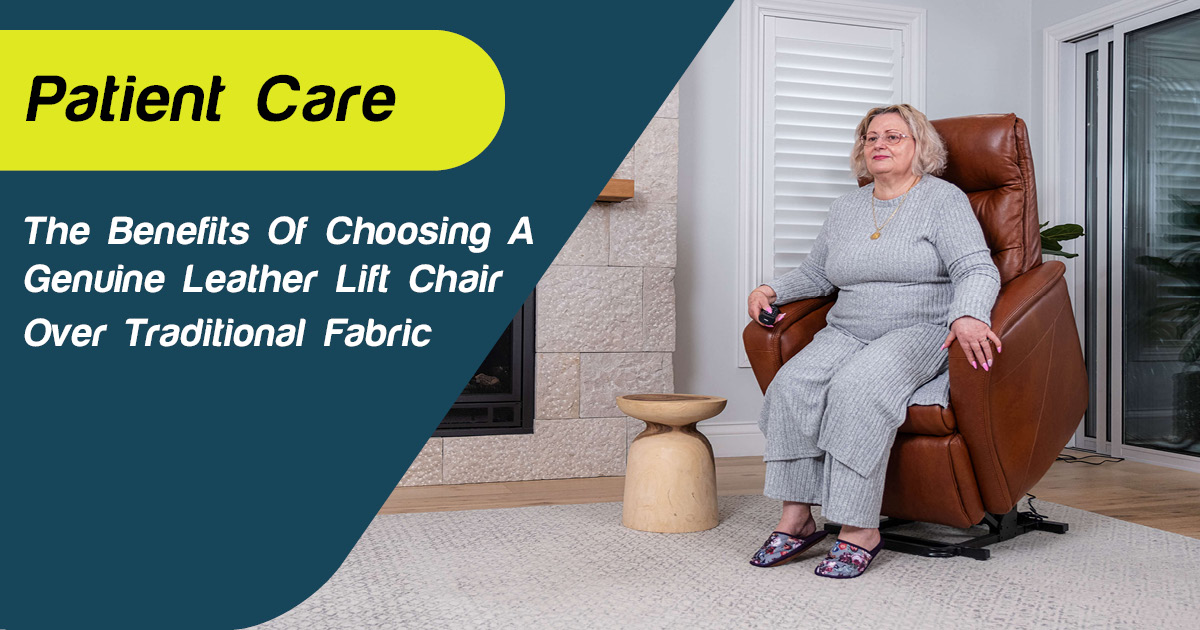
Share
At Active Mobility, we understand the importance of providing quality care to older Australians. Care plans are an essential component of this; from our perspective, care plans play a critical role in ensuring that the equipment and solutions we provide align with the individual goals and requirements of each person.
But what is a care plan in aged care?
Here, we explain the ins and outs of care plans, from what’s included to their ultimate importance.
What is a care plan in aged care

Photo 46778946 © Arne9001 | Dreamstime.com
A care plan for aged care is a collection of information outlining the client’s home care needs, the services required to match those needs, and who will provide the services and when. This is a collaboration of documents between the client and the support worker, both having equal input in the plan.
What does a care plan outline?
A few elements that could be added to a client’s care plan include:
- The client’s medical history (including functional or mobility impairments)
- The client’s goals, needs and preferences (may include home modifications)
- Any religious, spiritual or cultural considerations for the client
- Any potential or upcoming risks for the client (e.g. scheduled surgeries and rehabilitation) so the client and the support worker are both prepared for emergencies and other challenges
- The services the client needs (e.g. assistance with day-to-day activities, physiotherapy, speech pathology, complementary therapies, social support, and personal care) — this might also extend to equipment requirements, like wheelchairs and walkers
- Who will provide these services (e.g. family, support workers, specialists)
- When the services are required (e.g. frequency, days, times, starting dates, ending dates)
- Care management arrangements (e.g. Home Care Packages)
- How often formal reassessments are required.
Realistically, a care plan for aged care can outline and include just about anything, from assistance with day-to-day activities to home modifications, treatment preferences, and goal setting to ensure the client achieves their goals and ideal level of care. Overall, the plan should be clear and thorough and put together alongside the client, their doctors and family members.
There’s no “one size fits all” care plan — it’s entirely individualised to ensure older Australians receive the appropriate care and support they need to maintain their health and well-being without having to move out of their own homes.
The importance of care plans in aged care

Photo 42978151 © Alexander Raths | Dreamstime.com
Care plans in aged care are important because they provide a comprehensive and individualised approach to caring for older Australians.
They’re important in aged care for several reasons — for example, they ensure that the client receives personalised care that meets their unique needs and preferences. This can help to improve their quality of life, reduce the risk of adverse events, and promote independence.
Care plans also help to ensure that all members of the support team, including healthcare professionals, family members, and support workers, are on the same page regarding the individual’s care needs and goals. This can improve communication, coordination, and collaboration among team members, resulting in better outcomes for the client.
Plus, care plans are important for monitoring and evaluating the client’s progress. By regularly reviewing the care plan and updating it as needed, the support team can ensure that the client’s care remains appropriate and effective.
How often should care packages be reviewed?

Photo 88692560 © Mimagephotography | Dreamstime.com
No two care plans for aged care are ever alike — nor should they stay the same, as the client and support worker should continuously update the plan as their relationship develops and the client’s needs change.
The time between formal assessments varies based on the client’s cognitive and physical health and how much assistance they need. For example, someone with dementia will require more frequent health and care plan assessments to ensure they’re getting the right level of care to live life to the fullest.
Care plans should be reviewed at least once annually, even for healthy and independent clients. However, clients and support workers can review the care plan whenever the client’s needs change.
How to ensure a care plan is as up-to-date as possible

Photo 52597554 © Jean Paul Chassenet | Dreamstime.com
Sometimes, a client might not be open about how they feel about their care plan. With this in mind, it’s crucial for support workers and family members to:
- Talk to them about their assessed care needs and ensure you’re meeting them — work with the individual to update their home care agreement, care plan and budget to action any changes
- Explain the monthly statement, including available funding and how those funds are being spent — ensure they’re happy with this, and make sure they’re comfortable with their level of involvement in managing their home care package
- Monitor and reassess services to ensure they’re still meeting the individual’s needs
- Talk to them about any concerns or issues and work towards resolving them.
When discussing care plan changes, we recommend keeping their Home Care Packages budget in mind. How is their budget being spent? Is the client making the most of their budget to meet their needs and reach their goals? While discussing the monthly budget, ensure the client understands all the services, treatments and programs available to them.
At Active Mobility, we recognise the importance of care plans in aged care
Care plans are an essential tool for providing individualised, person-centred care to older Australians, including those with disabilities. By understanding the specific needs, preferences, and goals of the individual, the support team can develop strategies and interventions that promote independence, improve quality of life, and reduce the risk of adverse events.
We work closely with aged care providers to ensure that our equipment and solutions align with the goals outlined in the client’s care plan.
Together, we can help older Australians live their lives to the fullest and achieve their goals, regardless of any limitations they may face!









